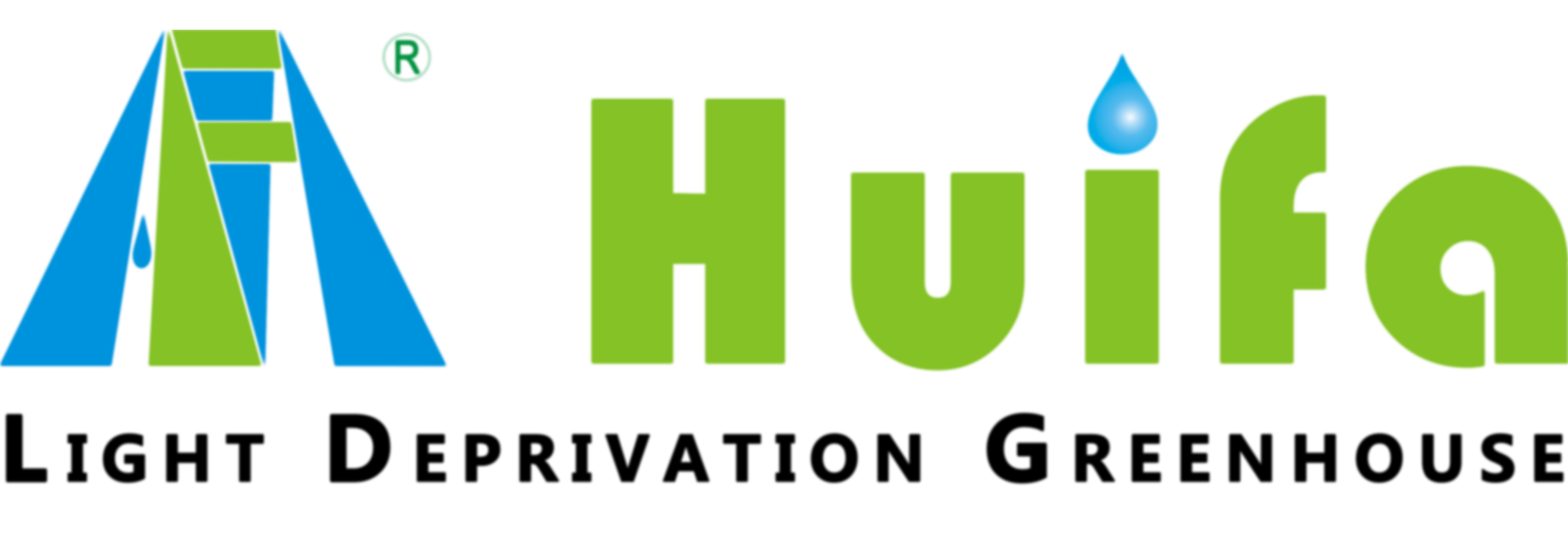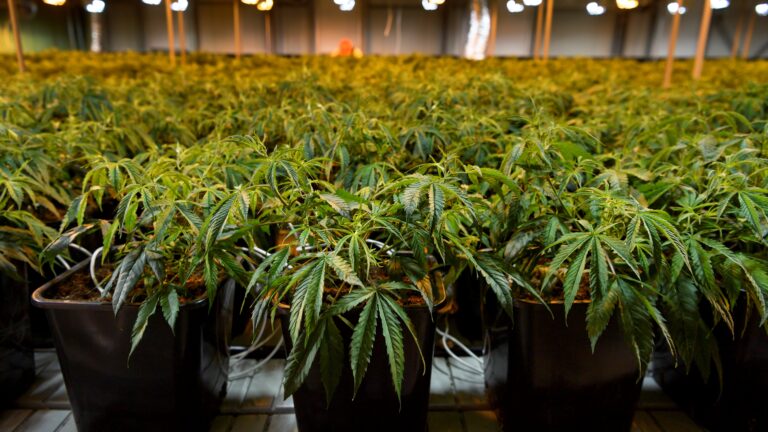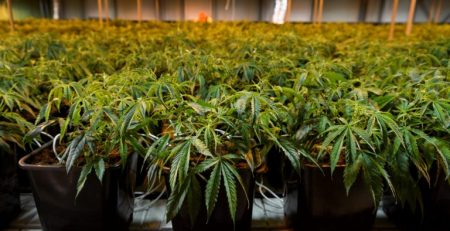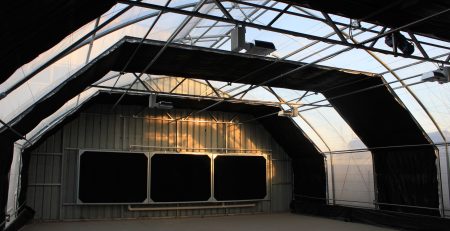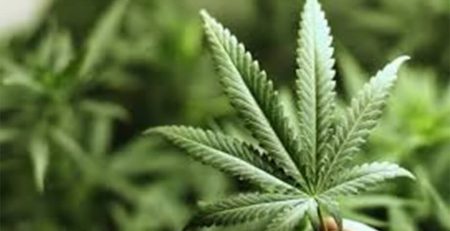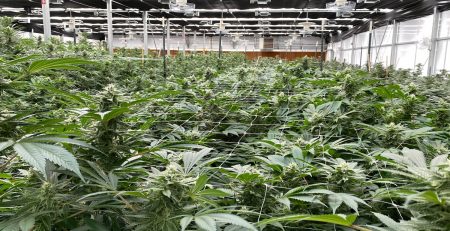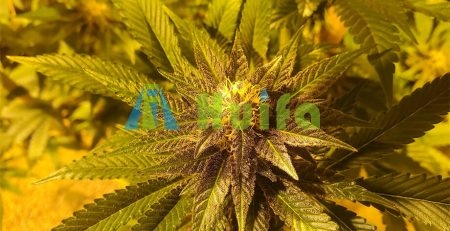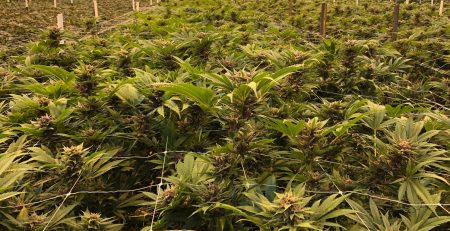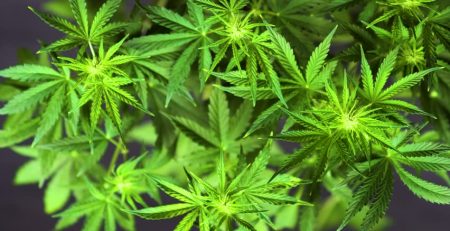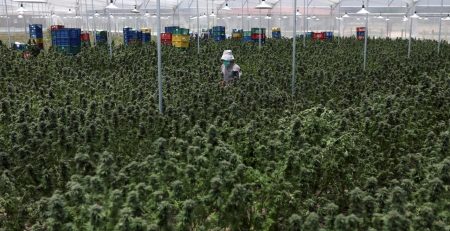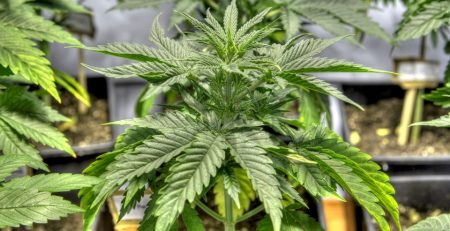Lighting Fixture Solution For Commercial Cannabis Greenhouse
Are you spending too much on energy costs?
We’ve covered how greenhouse design can save you on lighting costs, and the pros and cons of HPS and LED lights in the previous post. We’ll discuss how you can increase lighting efficiencies in your commercial cannabis greenhouse with an optimized lighting solution.
How about we audit some lighting terms before we get into the models. Light, at its most essential unit, is portrayed in moles. Moles permit us to depict light as limited amounts of photons. Also, since a mole is a huge number, amounts of light particles (photons) are normally estimated in micromoles – µmol (there are 1,000,000 micromoles in a mole).
Since we know the fundamental unit of light, there are several different ways to direct light readings in your nursery. One path is to quantify PPFD or photosynthetic photon motion thickness. PPFD is the aggregate sum of light (number of photons estimated in micromoles) inside the PAR range (the scope of light that plants use for photosynthesis) that hits a given region of plant overhang each second.
Consider a paper sheet of a square meter. The quantity of photons that arrive at that sheet each second is known as the Photosynthetic transition thickness (PPFD) communicated in µmol/(m².s).
Another strategy is to quantify DLI or every daylight fundamental. DLI is the all-out entirety of moles of photons per meter squared every day (mol/m2/d). In the event that you are filling in a nursery, it’s essential to know how much daylight your plants are getting throughout a day, and how DLI changes season to prepare. You can’t set up a viable supplemental lighting system without realizing the DLI gave by the sun in your nursery.
Since we’ve investigated these terms, how about we investigate two or three lighting diagrams from two energy utilization expectations we led for two nurseries situated in Boulder, Colorado.
With an indoor development activity, your ideal DLI level is accomplished exclusively from fake lights. Indoor cultivators can accomplish steady and determined lighting timetables to hit wanted DLI levels, yet their energy costs will consistently run higher because of the way that these lights run throughout the day, consistently. Indeed, our prescient investigation of a standard indoor development room discloses to us that the lighting power required for 3,000 sq ft of coverage will cost producers around $65,040 every year. This is a monstrous increment contrasted with energy utilization forecasts from nursery 1 and 2. The reality is, the sun is free and significantly more impressive than any counterfeit light.
